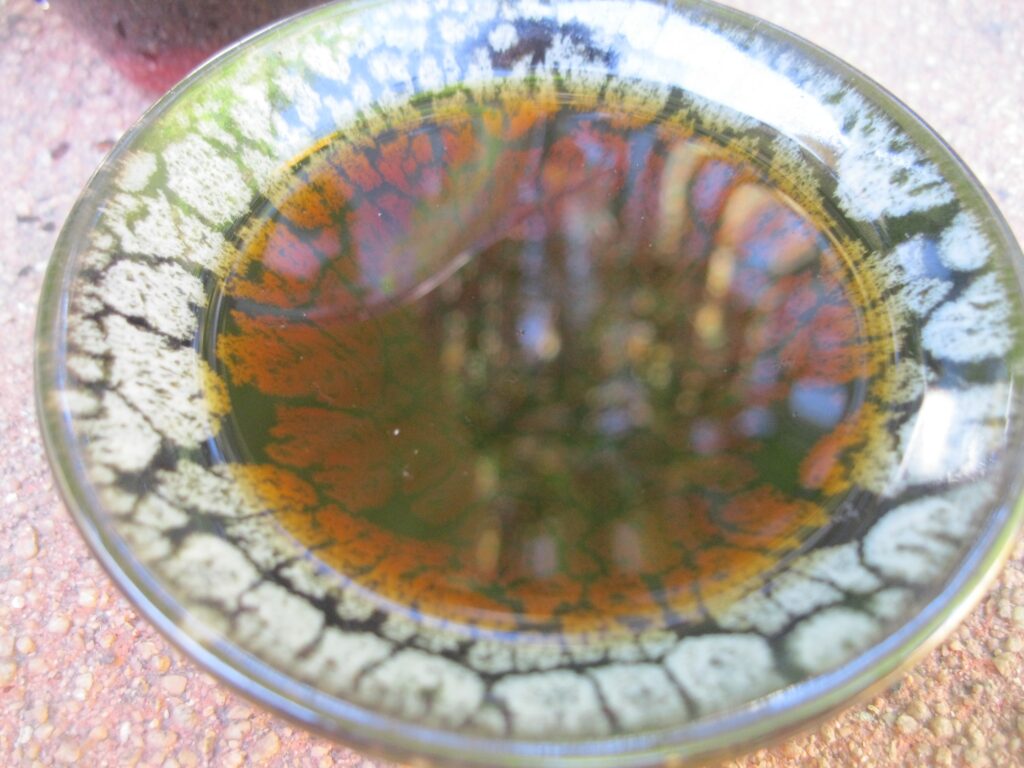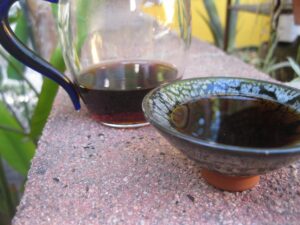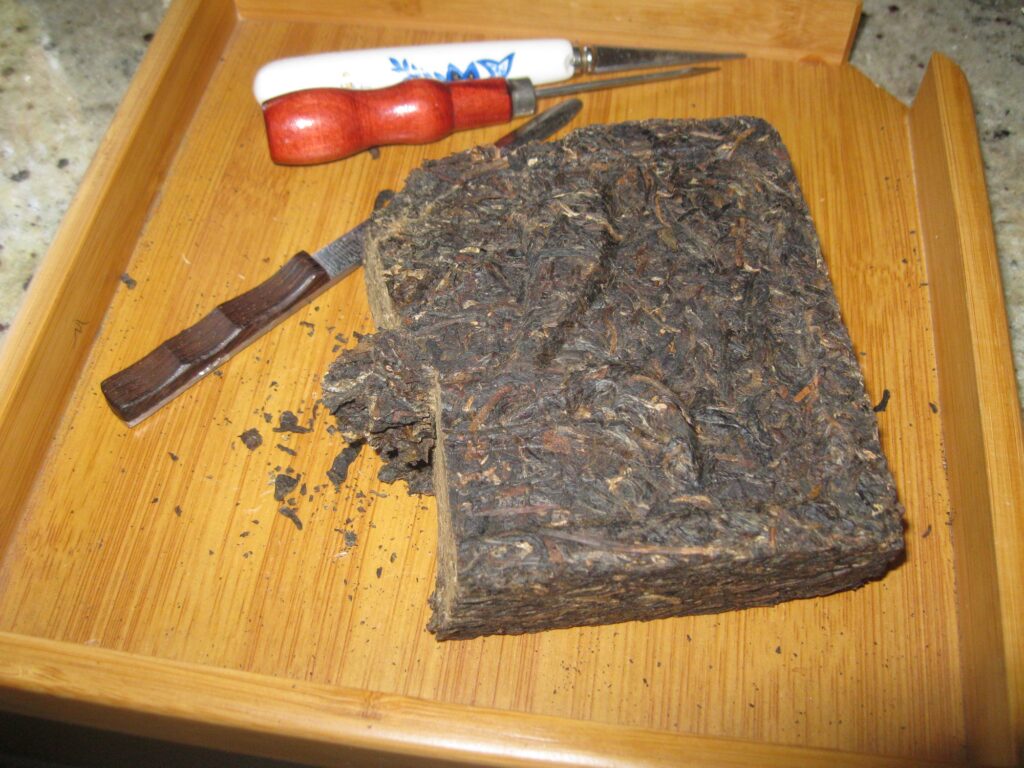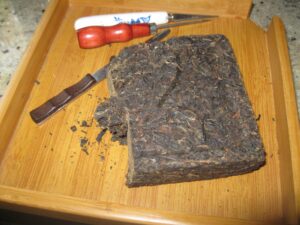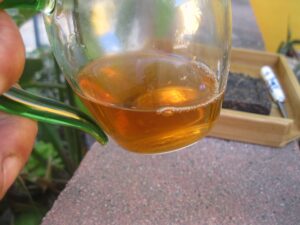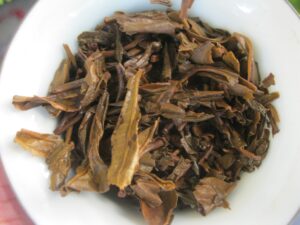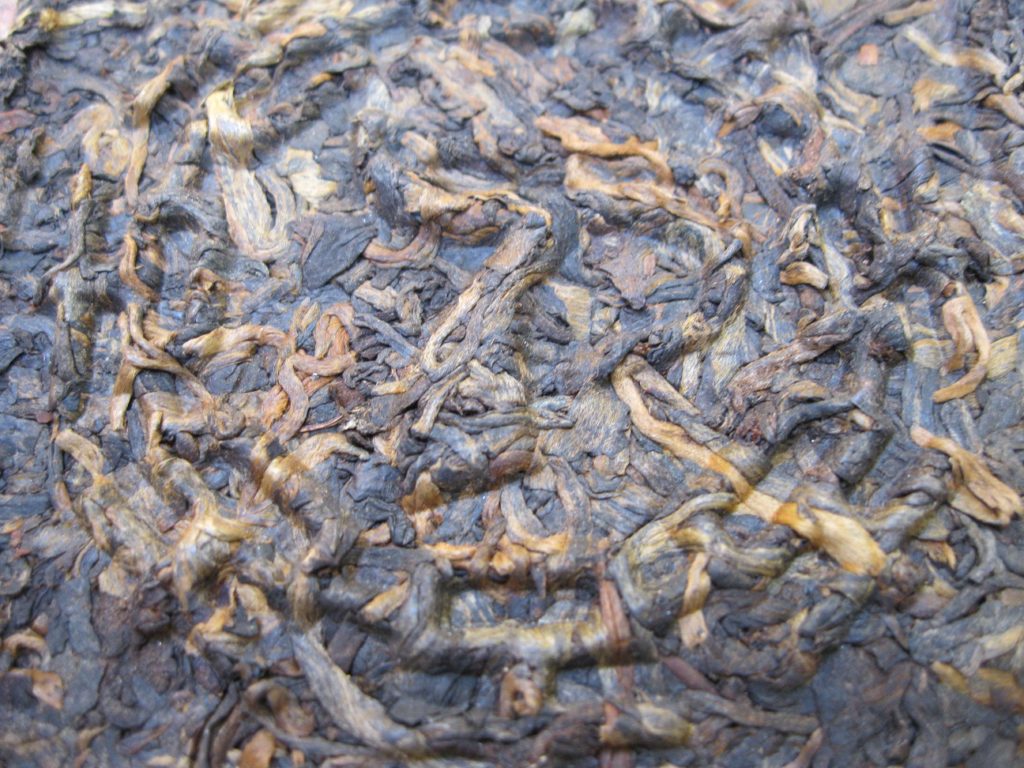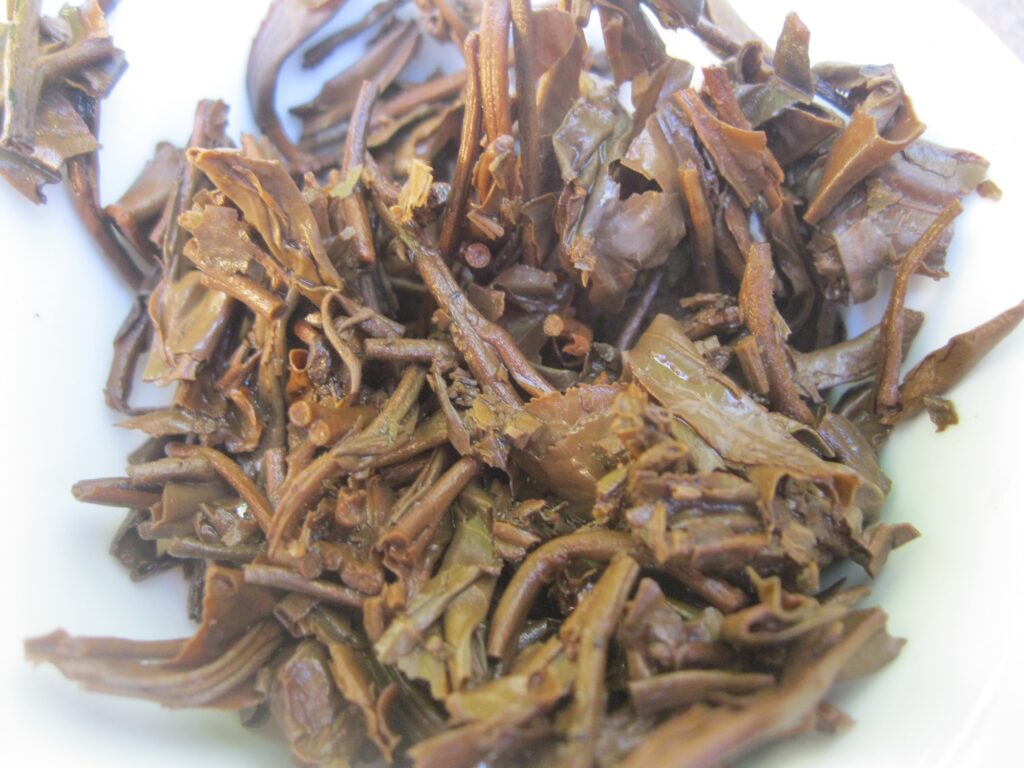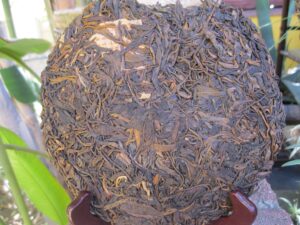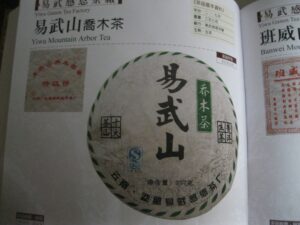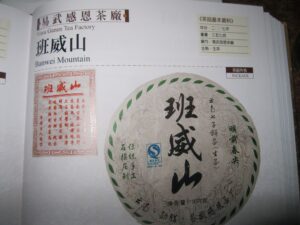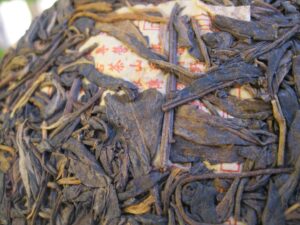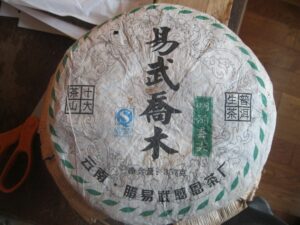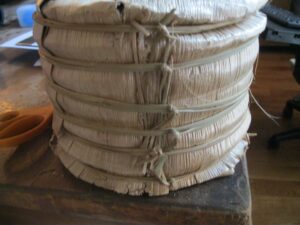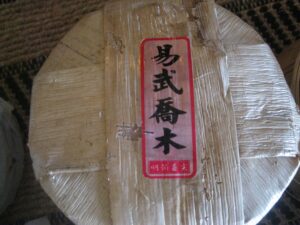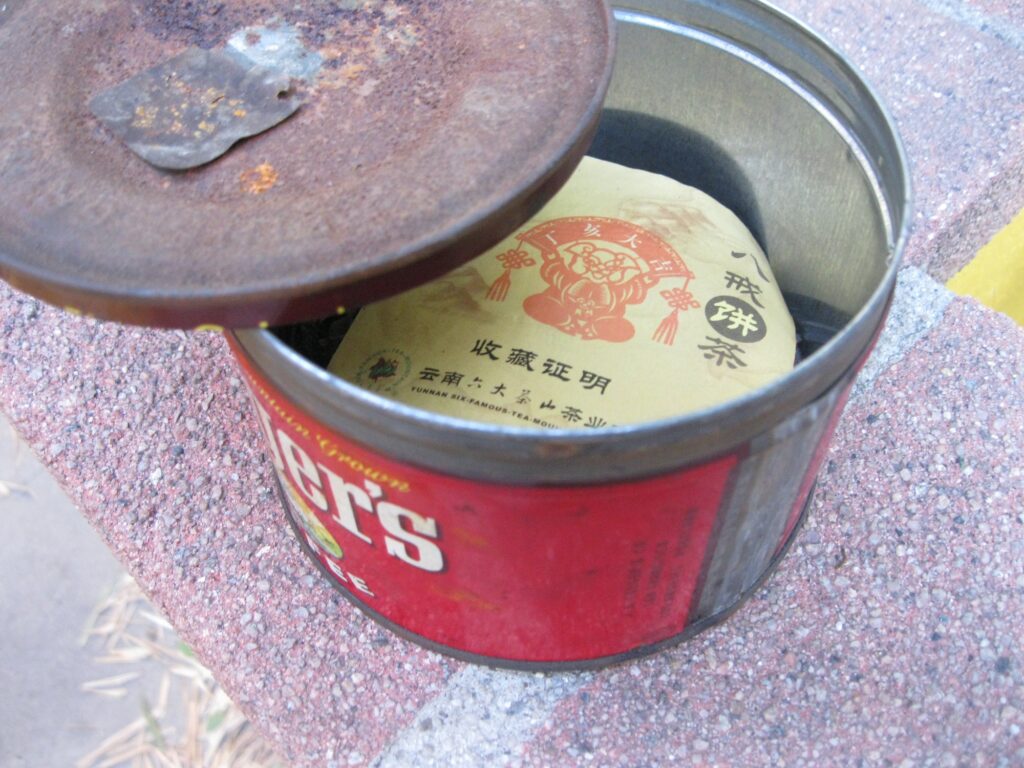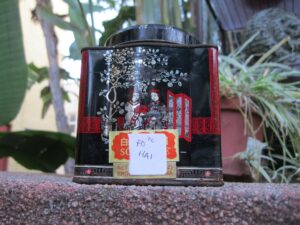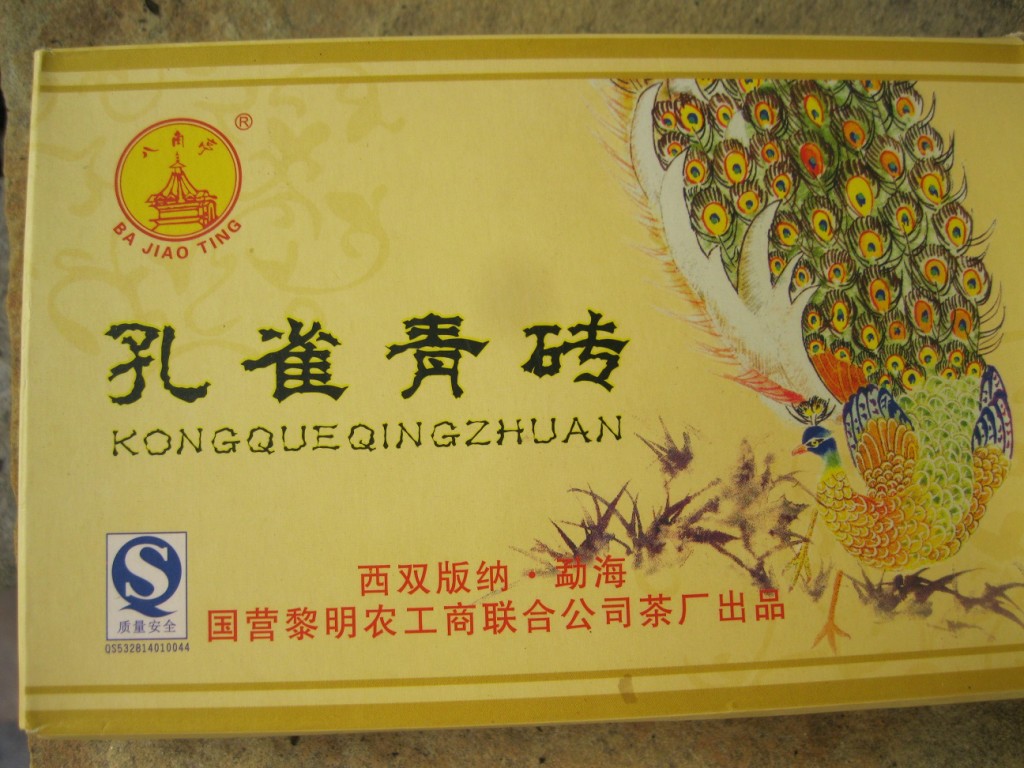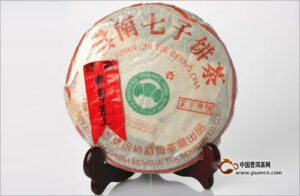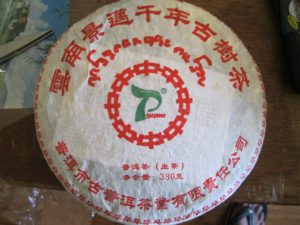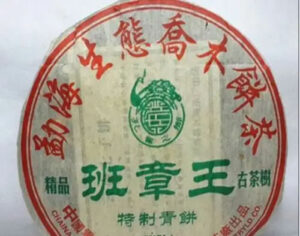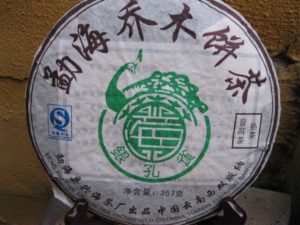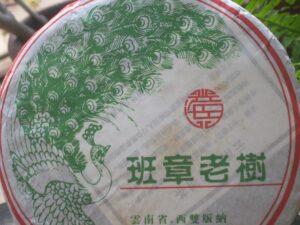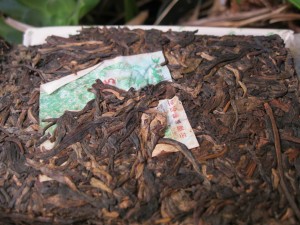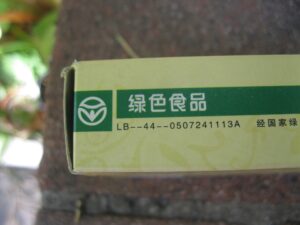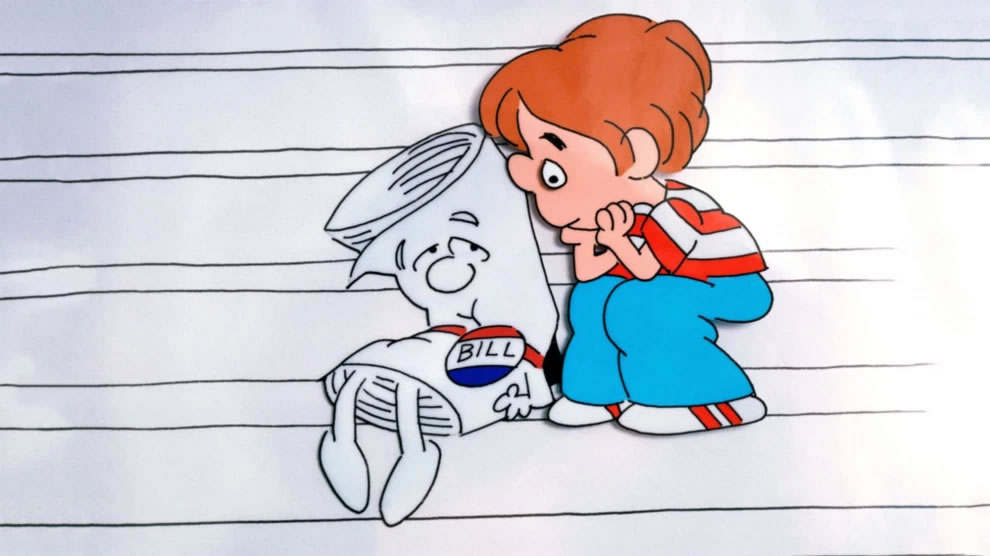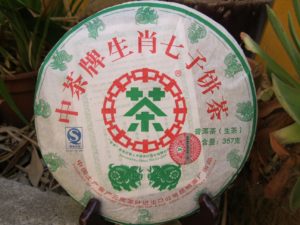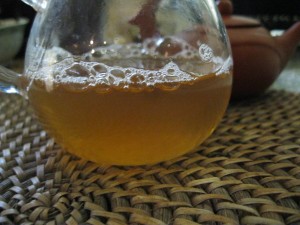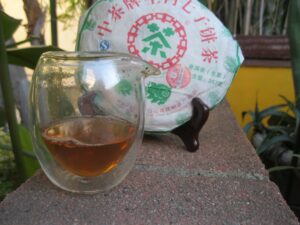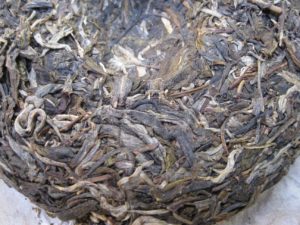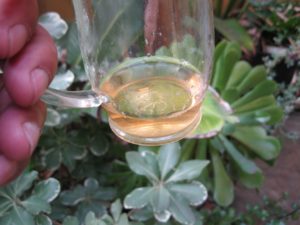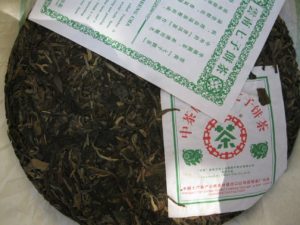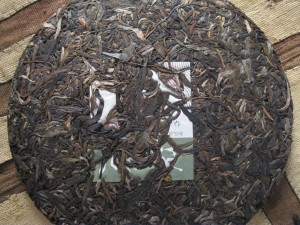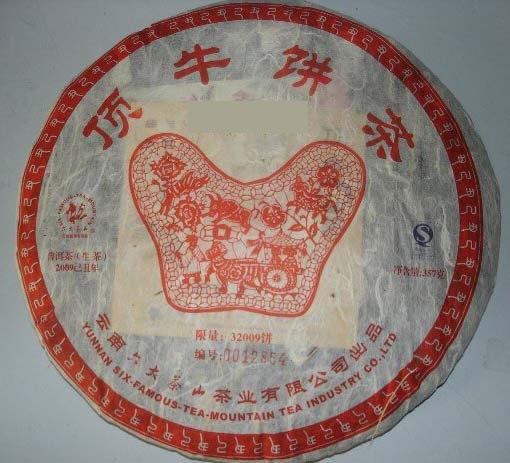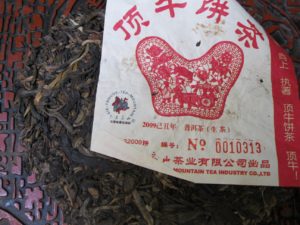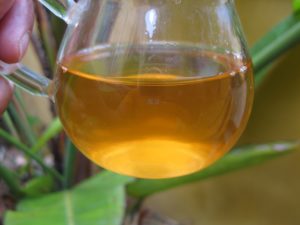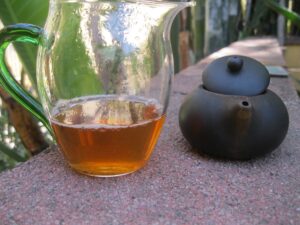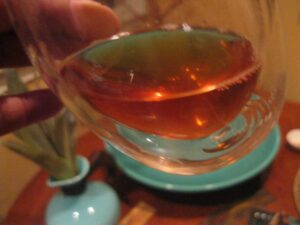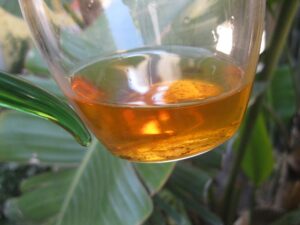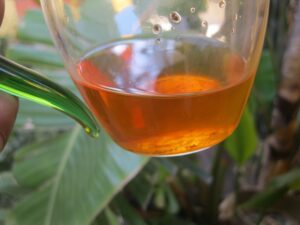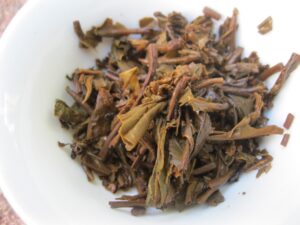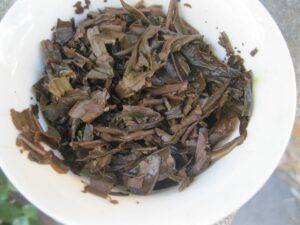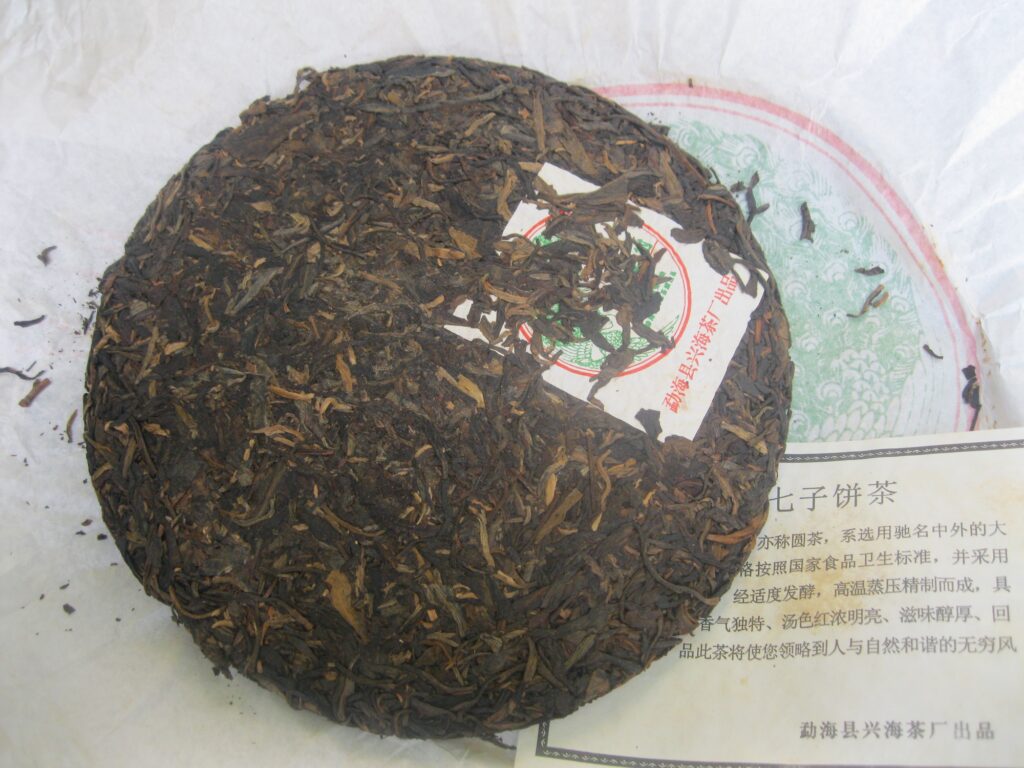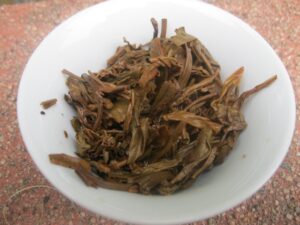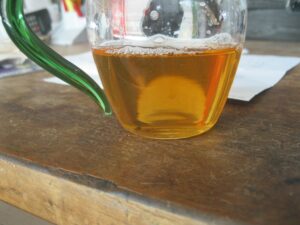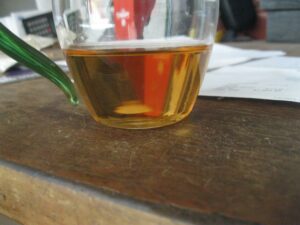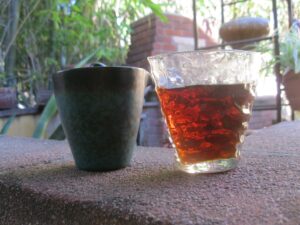Puerh Personality Via Drury Lane
Here’s a chance to chat upon Puerh Personality Via Drury Lane. Every puerh treasure has it’s own personality requiring varying storage and preparation conditions. When a few of your sessions don’t measure up, the last thing you want to do is conclude that your treasure has lost its way. You first want to consider storage and preparation factors. We can illustrate the matter of preparation by looking at a recent experience with Drury Lane.
Drury Lane is a twiggy 250g ripe brick from ’02. It made its debut in spring of ’21. At the time of posting, after sitting a few months to revive from its original storage, Drury Lane possessed a sparkling character, a woody sweetness with a refreshing camphor thread and an overlay of vanilla muffin. It was the kind of ripe puerh that distinguished itself not for thickness but for a perfection of flavors that made you want to keep drinking. The cocoa aftertaste that is in no way cloying also hits the summertime spot as far as ripes go.
A bit of an upgrade in containers occurred around Dec ’21. It’s likely that most of the ripes spent a few months in conditions even drier than usual. A tasting around the time of the lunar New Year ’22 nevertheless reflected the hibernation to be expected from the cold. . . by LA standards. In May moved the brick into more humid conditions and tried again about two weeks ago. Myeh. I tried again three days ago and the result was equally unimpressive, mottled and not particularly sweet. I let the brick sit out over the weekend and tried on Monday morning.
The results from the morning were as good as I knew Drury Lane to be. It had lost none of its original pizazz. Having the brick sit out in the open for a few days made all the difference. Nothing with the variation in storage had affected its expression, but some changes in storage have made it necessary to modulate preparation. Experienced drinkers will often talk about taking their treasures from storage a week or two in advance of actually drinking, sometimes also referred to as “waking” (醒茶), the same name given for the initial rinse.
In at least one previous post, your Puerhness has spoken about the importance of air in storage. Here, the matter involves air for preparation. Not all productions require airing before consuming. This is where personality comes into play. Some productions would much rather be brewed immediately upon leaving storage. It’s not too much to assume that seasonal differences will also come into play. Keeping a mental note or physical record of these nuances become more important the further out you get from the date of acquisition. If you’re able to quaff down your purchases within three months, then this post isn’t going to matter much to you.

